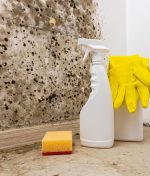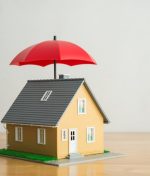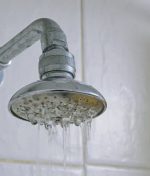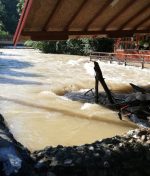What Are the Most Common Mistakes Homeowners Make After a Flood?
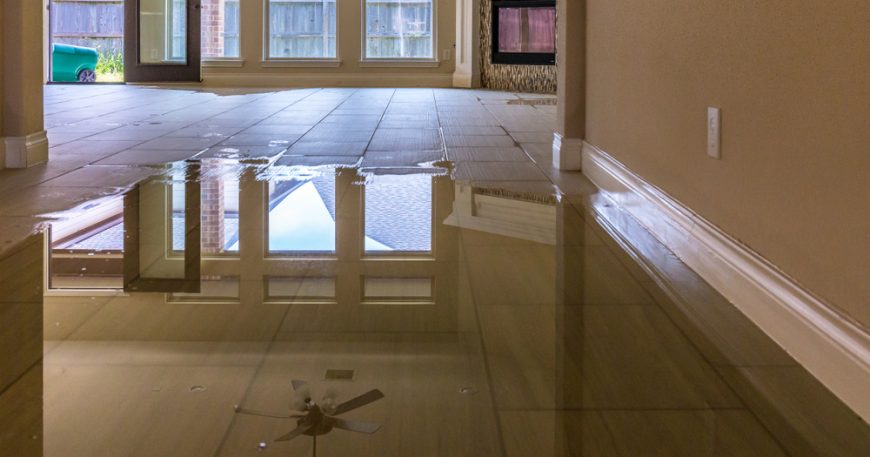
- April 18, 2025
- byadmin
- Mold Remediation
1. Delaying the Cleanup Process
One of the biggest mistakes homeowners make is waiting too long to take action. Time is critical after a flood. Mold can begin to grow within 24 to 48 hours, and standing water can further weaken your home’s structure and invite bacteria.
What to do instead:Begin drying your space as soon as it’s safe. Use fans, dehumidifiers, and open windows to get air moving. Call a professional restoration company like ours immediately to assess hidden moisture and prevent mold development.
2. Entering Without Checking for Hazards
- Electrical hazards
- Contaminated water
- Structural instability
Going back in too soon, especially without proper protective gear, puts your health and safety at serious risk.
What to do instead:Only enter your home after getting an all-clear from authorities or professionals. Turn off electricity if you suspect any wiring has been exposed to water. Always wear boots and gloves and avoid contact with standing water.
3. Not Calling a Professional Restoration Team
DIY approaches are common, but they’re rarely enough. Homeowners may dry what’s visible—like carpets or walls—but miss the hidden moisture behind drywall, under flooring, or inside HVAC systems.
What to do instead:
Call certified water damage restoration professionals immediately. At RAMM Water Restoration, we use moisture meters, infrared tools, and industry-grade drying equipment to detect and eliminate all hidden water.
4. Throwing Away Items Too Quickly—or Too Slowly
Many homeowners panic and discard everything touched by floodwater. Others hold onto items for too long, allowing mold to develop.
What to do instead:Document all damaged items for insurance before discarding them. Soft goods like carpets and mattresses often need to go, but solid furniture or keepsakes may be salvageable with professional cleaning. When in doubt, consult a restoration expert.
5. Not Notifying Insurance Promptly
Some homeowners wait too long to contact their insurance provider, or they fail to document the damage properly. This can delay or reduce their claim.
What to do instead:
Call your insurance provider as soon as possible. Take detailed photos and videos of damage, and keep receipts for anything you purchase during the cleanup process (like a sump pump or temporary accommodations).
6. Underestimating the Health Risks
Floodwaters can carry bacteria, sewage, and harmful chemicals. Exposure—even through skin contact or air—can lead to serious health issues.
What to do instead:
Avoid direct contact with floodwater and ensure all affected surfaces are disinfected. Mold spores are also a concern, especially for children, seniors, and those with respiratory issues. Always prioritize air quality and sanitation in your cleanup efforts.
7. Skipping a Mold Inspection
Many homeowners assume that once visible water is gone, the problem is solved. Unfortunately, that’s rarely the case.
What to do instead:
Schedule a mold inspection—even if you don’t see any signs. Mold can hide in walls, behind cabinets, and under flooring. Catching it early saves you money and protects your health.
8. Using the HVAC System Too Soon
Turning on your AC or heating system right after a flood can circulate mold spores or draw moisture into the system, making the damage worse.
What to do instead:
Have your HVAC system inspected and professionally cleaned before using it again. This ensures safe air circulation and prevents long-term system damage.
9. Overlooking Preventative Steps for the Future
- Install a sump pump
- Seal cracks in the foundation
- Elevate electrical systems in flood-prone areas
- Keep gutters clean and direct water away from the home
How We Can Help
At RAMM Water Restoration, we believe that how you’re treated during a disaster matters just as much as how your home is treated. That’s why we approach every job with compassion, clarity, and care—helping you navigate the chaos and come out stronger on the other side.
Our expert team in San Diego is trained in flood restoration, mold remediation, and compassionate customer service. From immediate emergency response to long-term mold prevention, we’re by your side through every step.
If you’ve recently experienced a flood or just want to be prepared for the unexpected, give us a call. We’re here to restore your home—and your peace of mind.


